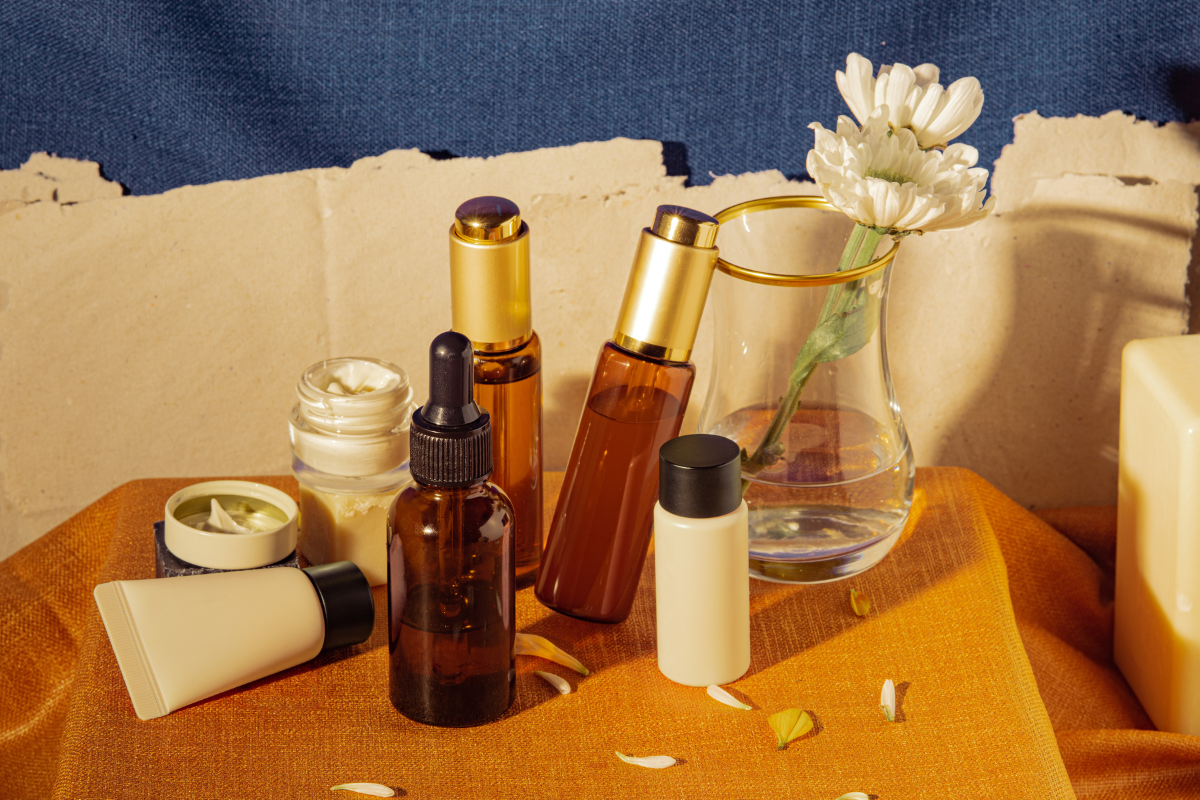Article
Your Digital Detox

Considering a digital detox lately? It's no surprise that these self-enforced separations from our gadgets are becoming increasingly popular: According to Time Magazine, 20% of people check their phones every ten minutes, and 1/3 people feel anxiety when separated from their phones. A 2017 Deloitte study also found that most Americans check their phones an average of 46 times per day, while those between the ages of 18-24 check their phones an average of 86 times per day.
This compulsive need to stay digitally connected can lead an increase of stress and anxiety, shortened attention spans, strained eyesight, and disrupted sleep cycles. Taking a breather from the electronics in our pockets can help us in the long run, and provide us with the clarity we need to stay in the present moment.
Step 1: Make a Plan
Figure out what you hope to accomplish with your detox. Whether you’re looking to limit your excessive Instagram scrolling, or you’re trying to resist the temptation to read every work email that comes through, you need to figure out a course of action. Ask yourself these questions to start:
- How much time do you need to accomplish this goal?
- What specific steps are you taking?
- How will you hold yourself accountable?
Be honest on what you’re hoping to achieve, and keep your goals realistic. Going cold turkey on your phone sounds great in theory, but allow yourself some space for possible slip-ups.
Step 2: Turn off push notifications
Designed to keep you interacting with your apps more often, push notifications can range from basics like text or call alerts, to updates on the latest coupons, new releases on Netflix, or the fact that your Uncle Fred just posted to Facebook for the first time “in a while”. Seeing these little bubbles pop up on our screens encourages us to stop whatever we’re doing and start using our devices again. Goodbye, productivity.
If you’re looking to make a change, remove all push notifications on your phone or tablet except the most essential. For some, that means nothing but phone calls and text messages. Don’t worry. Your notifications will still be there waiting for you when you decide to interact with the app again, on your own time.
Step 3: Create screen-free zones
Depending on the location where most of your tech use occurs, establish boundaries for “screen free” zones. As a starting point, we recommend keeping locations like the dinner table and the bedroom free of phones and tablets.
The mere presence of a phone at the table can affect how much you enjoy your meal. One experiment from the University of British Columbia found that when a phone was placed on the table during a meal – even if no one was using it - participants reported lower levels of satisfaction of dinnertime experience.
Screen-free bedrooms are also ideal for your digital detox. The blue light of our devices can disrupt melatonin disruption production in the body, making it harder for us to fall asleep. Removing screens from the bedroom also means you won’t be as tempted to reach for your phone when sleep eludes you, or get woken up by late-night texts, calls, or emails.
Step 4: Utilize other resources
This means going a little analog to reduce phone and gadget use. Most of us rely on our phones for clocks, cameras, maps, alarms, and our source of news. This is often our first excuse when we think of parting ways with such a convenient tool.
Here are some tips: If your phone is usually your alarm clock and you’re trying to remove its presence from the bedroom, buy an alarm clock. If you’re afraid to leave your phone behind because it’s also your watch, buy a watch. Have no idea how to get to where you’re going without using your Google Maps? Consider a GPS, a much safer alternative than driving around looking at the phone in your lap. Or, if you’re feeling brave, test out your directional skills and use a real map!
Step 5: Distract yourself
Now that you’ve opened up much more space in your schedule, you’ll need a new distraction to prevent you from falling back into old habits. Make time for things that you enjoy – a hike, a trip to the beach, meeting up with friends for coffee, or whatever else tickles your fancy. Ignore the urge to document it; we promise it happened, even if you didn’t post it. Try to focus your attention on the present moment. In order to help ease the transition of an unplugged lifestyle, you’ll have to make an effort to keep your mind engaged elsewhere.
If your unplugged detox is fraught with slip-ups, don’t worry. You’re making a serious change to create new habits, and moments of desperation are bound to occur. Be patient with yourself, and pay attention to the types of situations that cause you to reach for your phone in the first place.
After you’ve made headway with these steps, evaluate how you feel. Still feeling the itch to take your phone everywhere? Consider extending the timeline of your detox until you feel more balanced. If you feel like you have enough clarity to reintroduce your gadgets into your life in full force, remember that a mini detox can be as simple as leaving your phone at home for the night.






.png)
